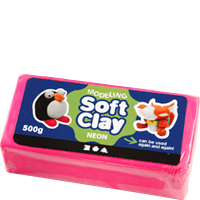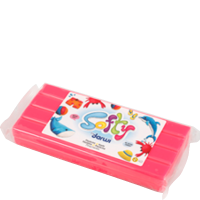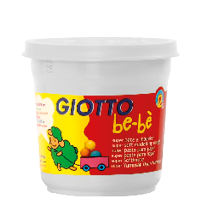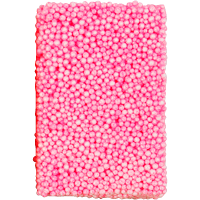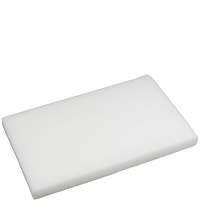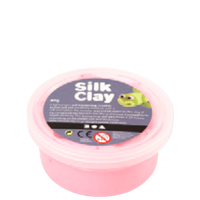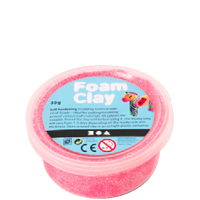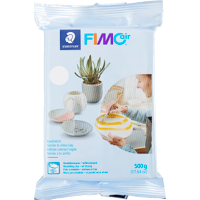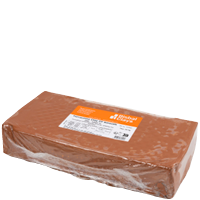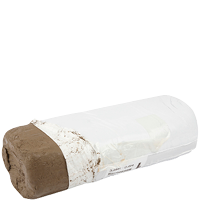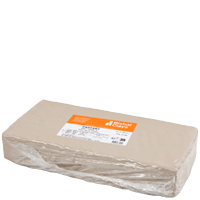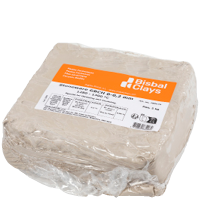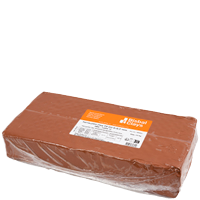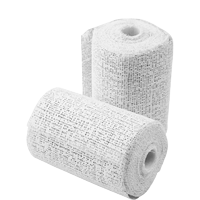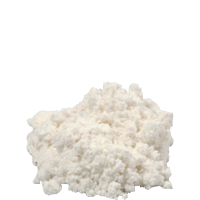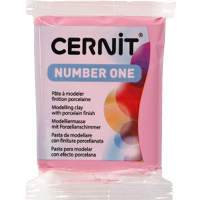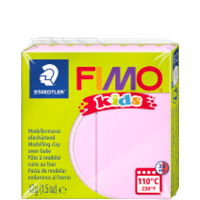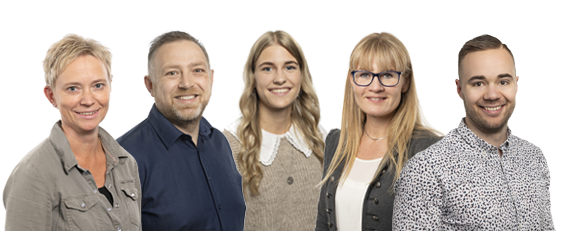Your guide to modelling
Modelling is trending more than ever – especially with children, who love getting creative with modelling clay. While it challenges their fine motor skills, creating things directly with their hands is also a fun experience. For example, children can make their own figures from modelling clay – from imaginative fairytale creatures to cute little finger puppets. It’s incredibly easy, so you can easily get the kids started on exciting modelling projects.
Hang on for a moment, however, because in addition to basic modelling clay we stock many other types of clay – and all of them function a little differently. Luckily, we have our guide to help you make the right choice. Follow our simple steps and get started with either modelling clay, self-hardening clay or plaster.
If you would like to learn more about modelling, read on below. Here you can learn more about:
- Modelling clay
- Silk Clay® and Foam Clay®
- Red earth clay and blue clay
- Self-hardening clay
- Plaster and papier-mâché
Modelling clay
Does it sound familiar? Those days when you're searching for some easy entertainment for the kids and just need some inspiration. With modelling clay you can keep the kids interested for hours – and it’s also fun and stimulating. They love getting so hands-on with the material – and are proud when it's time to show the finished project to their parents.
What's special about modelling clay is its consistency – it's usually soft and extra easy for small hands to shape. For example, children can make their own muffin ice creams using modelling clay and Soft Foam. Cheese wax is a better bet for older children. Cheese wax needs to be warmed up before use. But otherwise it’s great for modelling.
Try our guide and read more about the types of modelling clay we recommend for children and adults.
Silk Clay® and Foam Clay®
When children are small, modelling can be challenging for their fine motor skills – and it’s good to have a modelling compound that's easy to work with. Here, Silk Clay® and Foam Clay® are a dream to have in your hands. We recommend them both – they are ideal compounds for children and come in many beautiful colours. Children love the supple material because it sticks without being sticky – and they can easily roll and shape it.
For example, the children can make lots of food for the play kitchen – both healthy and sweet dishes. They can shape colourful fruits and vegetables while learning about flavours, colours and names. Perhaps the kids have a favourite fruit they like to make, such as red strawberries, yellow lemons or orange carrots.
If the children are more interested in sweet things, they can try making the most beautiful cakes. These cakes are round and colourful – and made from cardboard boxes. See the idea here. The children can recreate many of the cakes they know – but they can also experiment with outlandish layer cakes and monster cupcakes.
Everything is possible with Silk Clay® and Foam Clay® – the only limit is your imagination. Read more about the two modelling compounds in our guide. Here, you can see what kind of things the two products are especially good at.
Red earth clay and blue clay
We'd like to invite you back to the school’s art class – and talk about clay. Nature clay is a fantastic material – you can fire it in the oven, after which it will be much more durable and can even be glazed. We stock many varieties of clay – and it's up to you whether you choose blue clay, white clay or the classic red clay.
If the children have worked with red clay before, they are most likely familiar with the process. They are sure to enjoy forming pretty sculptures for family members – or making beautiful bowls for grandma’s living room table – and these also make great Christmas gift ideas.
If you're looking for a more raw look for you and your children’s sculptures, red clay can also be left to harden at room temperature, just like self-hardening clay. This does require a little more patience, however.
Read more about the different types of clay in our guide. Here you can see what kind of blue clay, red earth clay or white clay is best for your project.
Self-hardening clay
If you dream of making smaller decorative items – like candlesticks or ceramic plates – then self-hardening clay is the best choice. The self-hardening clay dries within 1–2 days, depending on the thickness of the clay – and you can tell yourself whether it has finished drying. If the self-hardening clay is cold, allow it to dry for a little longer. Self-hardening clay means you don't have to bother firing your sculptures and decorative items in the oven.
Check out our guide and learn more about what self-hardening clay can be used for.
Plaster and papier-mâché
If you or your children want to try being sculptors for a day, we have everything you need. You can shape the most beautiful decorative objects out of plaster gauze or papier-mâché. It’s pretty fun – and it all gets such a nice and natural expression. Take a vase or pot you might have sitting at the back of the cupboard and decorate it with plaster, mosaics and pretty seashells. The result is a one-of-a-kind ornament for the home, which generates lots of joy in the decor.
If the children are crazy about modelling as well, you might just find the perfect idea here. They can make the cutest Easter bunnies out of plaster, polystyrene eggs and craft paint. Afterwards, they can decorate Easter bunnies with wiggly eyes and pom-poms in fresh colours.
Have we got you dreaming about your own modelling project? Then use our guide and get started with the right products – whether it’s plaster, Silk Clay® or concrete for modelling.

